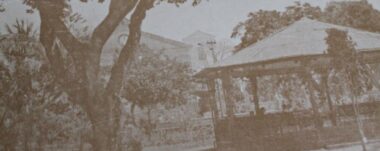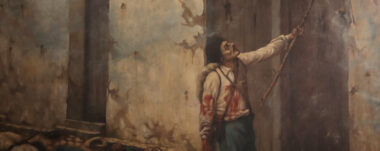“The Living Face of Guanacaste” a Memory of Afro-Mestizaje Culture
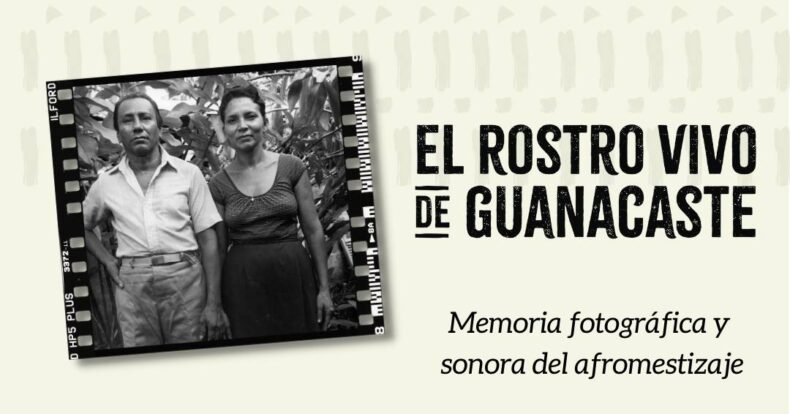
” The Living Face of Guanacaste”, a photographic and sound memory of Afro-mestizaje, which includes a photographic exhibition of Judy Blankenshio and the musical exhibition of Guadalupe Urbina.
Cultural and natural wealth of Guanacaste
The National Library of Costa Rica is pleased to announce the incorporation of the collection “El Rostro Vivo de Guanacaste” (The Living Face of Guanacaste) to its documentary heritage.
This exhibition aims to show the diversity and beauty of Guanacaste through photographs by American artist. Judy Blankenship and the sound recordings, texts, and musical scores collected by artist Guadalupe Urbina in Guanacaste between 1985 and 1991. It will also feature stories from people who live in this region, revealing their unique perspectives on life in Guanacaste.
A unique opportunity to appreciate the culture of Guanacaste through the eyes of two artists from different backgrounds. Visitors will be able to explore a wide range of traditional music, stories and artwork from this region of Central America.
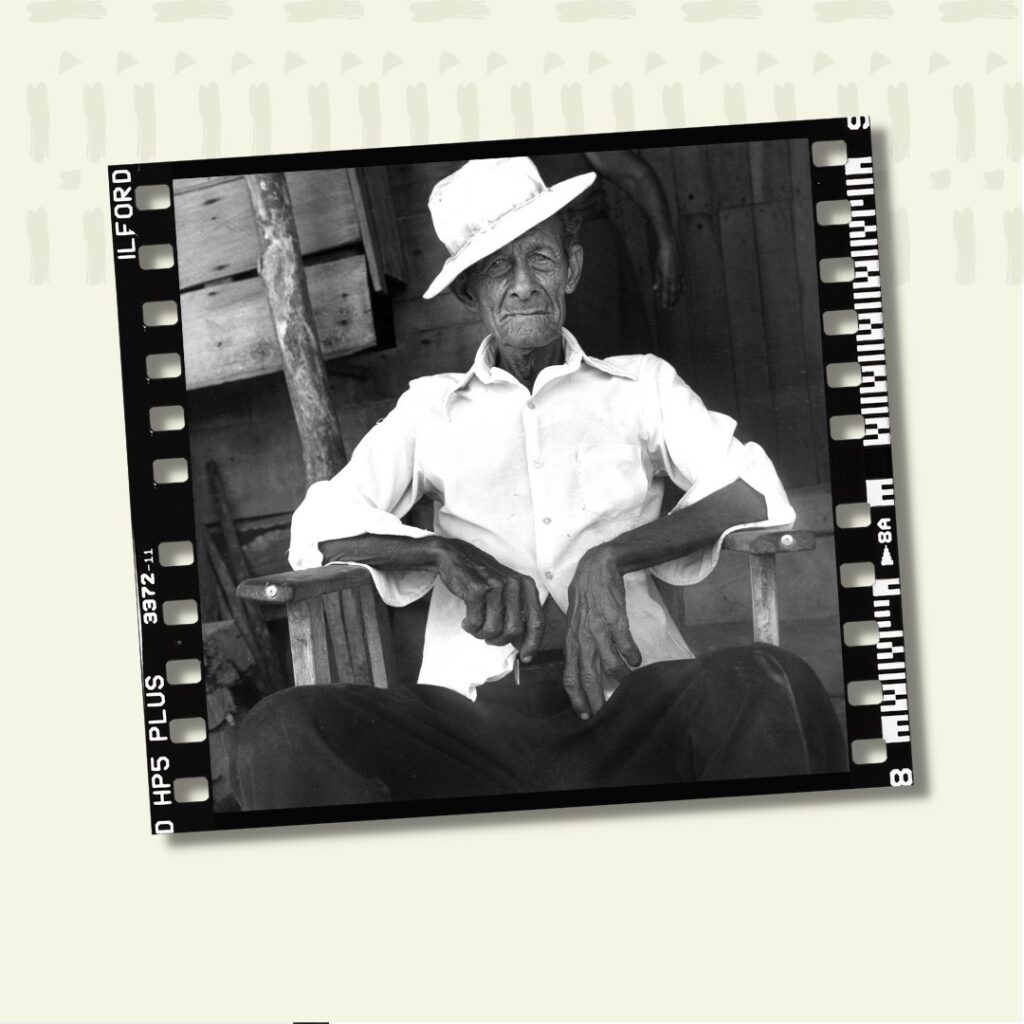
This work shows the beauty and complexity of this region through its music, art, literature and oral history. Judy Blankenship has captured the essence of this culture in her work and Guadalupe Urbina has made an invaluable contribution with her research on traditional Guanacaste music.
Documents with history
From 1985 to 1992, singer-songwriter Guadalupe Urbina worked on compiling music and stories from the anonymous oral tradition in the province of Guanacaste. Her particular interest was music. In fact, she believed that its expression had remained practically invisible. However, it was evident that the music and phenotypes of its inhabitants had a direct relationship with the African continent.
Afro-mestizaje has given it the ethnic and cultural characteristics that distinguish Guanacaste from other parts of Costa Rica.
Guadalupe’s work acquired a new dimension when the American photographer Judy Blankenship accompanied her on some of her tours in that territory. From 1985 to 1991, when Judy lived in Costa Rica and worked in popular education. With an organization, she documented many of Guanacaste and Guadalupe’s faces and landscapes, music, stories and memories.
Memory of Afro-Mestizaje
The presence of enslaved people of African descent can be traced back to the 15th century in the Americas. They were brought to Guanacaste for cattle ranching work beginning in the 16th century and expanded more rapidly with the growth of cattle ranching and trade.
Biblioteca Nacional
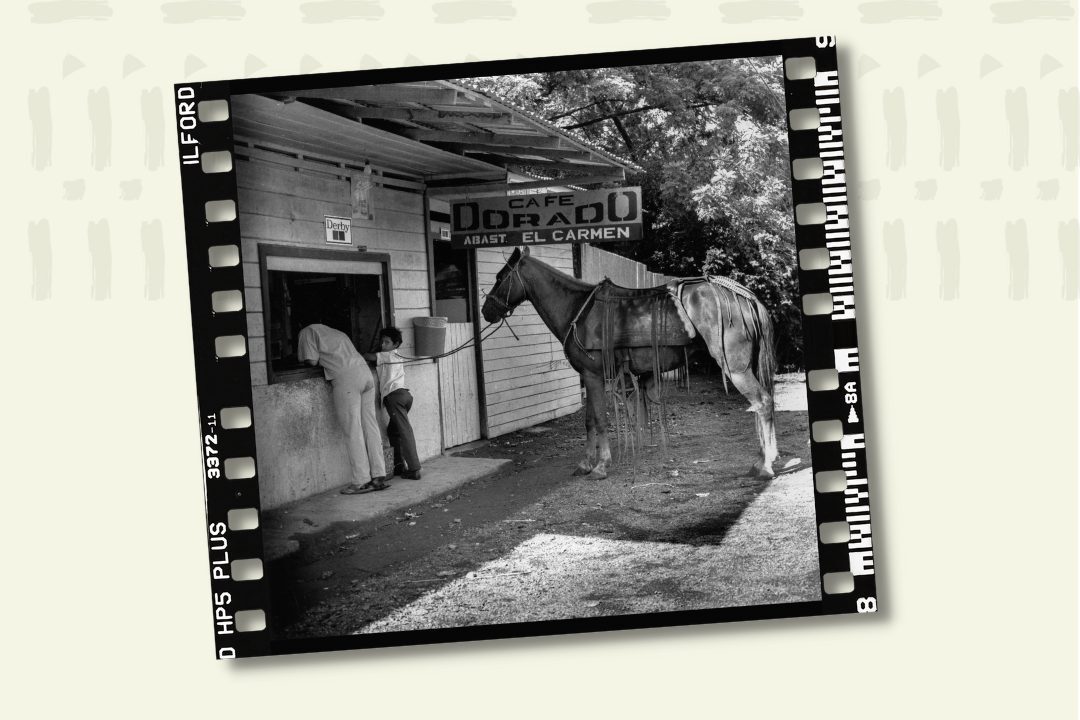
A history full of silences and omissions that until now have not allowed us to recognize the diverse, multiethnic and multicultural heritage that they granted. This work sheds light on something as important as the great cultural contribution of Africa in Guanacaste.
Photographic and Sound Memory of Afromestizaje, is the name of the exhibition that will be open to the public at the Benemérita National Library of Costa Rica, from Friday, March 17 until Monday, April 17, 2023. Admission is free.Hours of operation are Monday through Friday, from 8:00 am to 6:00 pm.
GAM Cultural
Sensorial Sunsets
Navigate articles




